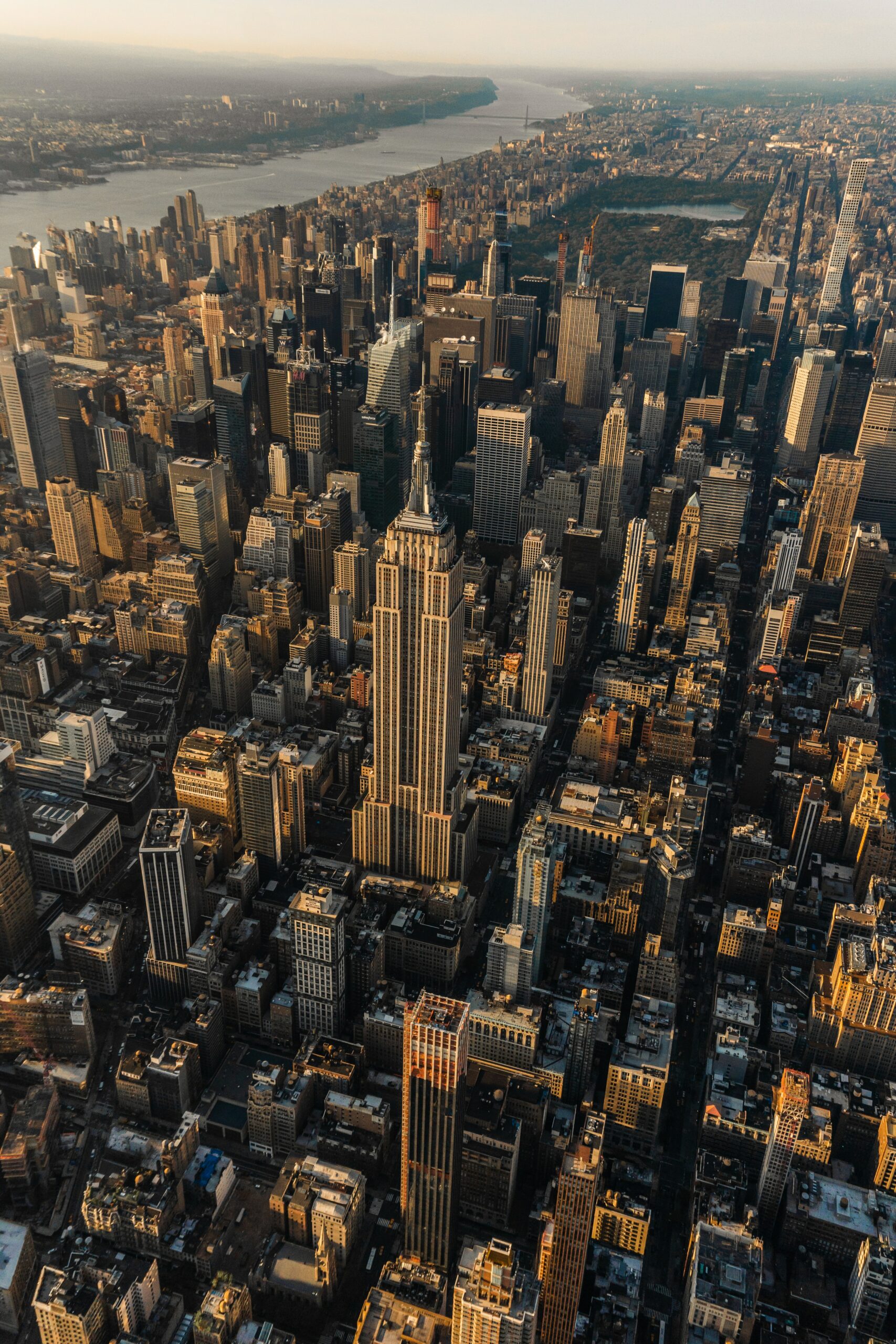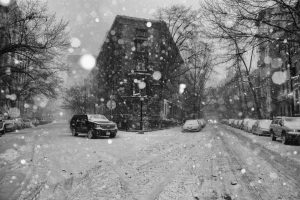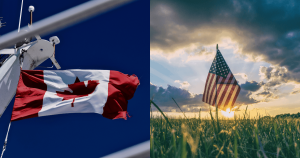Without further ado, here’s the answer: Montreal. You may have thought Manhattan had to be the most populated of the two because it’s the central island in New York City, the largest city and metropolitan area in the US, but this was another trick question.
Here are the explanations.
Montreal vs. Manhattan (islands)
Here is the population for both islands:
- Montreal Island is home to 1.942 million inhabitants
- Manhattan Island is home to 1.629 million inhabitants
We’ll talk about the cities below, but the question was about the islands; it’s another of those trivia items that many people are surprised about when I tell them.
The key here is just the sheer size of the islands. Manhattan is much more densely populated than Montreal is, but Montreal is a lot bigger.
To give these numbers some context, we’ll take a look at how large of an area they cover.
- Montreal Island occupies an area of 499 square kilometers
- Manhattan Island occupies an area of 59 square kilometers
Even though Montreal Island has a larger population, it covers an area almost 10 times larger than Manhattan’s.
So in terms of population density:
- Montreal Island has 3,882 inhabitants per square kilometer
- Manhattan Island has 26,821 inhabitants per square kilometer
So it is almost 7 times denser on Manhattan Island.

Montreal vs. New York (cities)
Manhattan is just one of the 5 boroughs of New York City, and it is the densest one.
So if we look at the total city population (which isn’t really relevant, I’ll tell you why below) and not just the island of Manhattan, it isn’t even close:
- Montreal has under 2 million inhabitants
- New York City has over 8 million inhabitants

Montreal vs. New York (metropolitan areas)
The difference is even more striking when we look at the total metropolitan area population, which includes nearby municipalities.
That’s what you should always look at, and I feel very strongly about this, personally: city population numbers are quite misleading, and frankly quite useless.
Keep in mind, a “city” is just what’s within arbitrary imaginary lines, and a “city” is much more than just those municipal boundaries. The entire surrounding area that revolves around and centers on the city in question is what really tells you how big a city is.
The best example is in Florida, with Miami and Jacksonville: the most populous city is Jacksonville, with a city population of 900,000. Miami’s imaginary city lines only encompass 470,000 inhabitants.
But the Jacksonville metropolitan area? Only 1.5 million in total.
The Miami metropolitan area? It’s 4 times more; a whopping 6 million in total, by far the largest in Florida and the 8th largest in the US (while Miami “city” population ranks 40th in the US).
The “city” population means absolutely nothing.
It really depends on whether many neighborhoods are incorporated as separate municipalities, like in Miami, or if they all belong to one same municipality, like in Jacksonville. Administrative details. The essence of a city does not stop at imaginary lines.
Miami is obviously 4 times bigger than Jacksonville, no matter which neighboring municipalities Jacksonville has swallowed up through administrative mergers.
So, back to our comparison.
The metropolitan areas are very different:
- Montreal has a population of 4 million (19th in North America; 2nd in Canada)
- New York has a population of 20 million (2nd in North America; behind Mexico City)
New York City’s metropolitan area is huge. It spans 4 states: New York, New Jersey, Connecticut, and even Pennsylvania.
Since American cities are so spread out, New York City actually is the largest metropolitan area in the world by urban landmass (total urbanized area).
That is despite having fewer inhabitants than Mexico City and a few (more compact) Asian cities. There at least 7 depending on the definitions used (Tokyo, Shanghai, Jakarta, Seoul, Guangzhou, Beijing, and Manila).
That is one of the reasons many people keep using the city population even if it’s misleading: it is clearly defined and not ambiguous at all.
The metropolitan area population really depends on which boundaries you include and, therefore, can vary a bit depending on the measurements used.
But it’s still more representative of reality.
Want to get more content to discover awesome destinations?
Summary
So, now you know! Montreal Island has a slightly larger population, but the area it encompasses is way larger than Manhattan’s. And you know that the numbers are much different when looking at the entire NYC population, whether it is the city itself or the entire metropolitan area.
You can also read our previous quizzes:
- – 40° F or – 40° C: Which One Is Colder?
- Canada or USA: Which Country Is Bigger In Land Area (Excluding Water)
- Spain or Brazil: Which Country Does France Share Its Longest Border With?
Did you guess correctly? Tell us in the comments below.
See the deals we spot: Cheap flights
Explore awesome destinations: Travel inspiration
Learn pro tricks: Travel tips
Discover free travel: Travel rewards
Featured image: Manhattan (Photo Credit: Jamshed Khedri) and Montreal (Photo Credit: Roberto Nickson)
Advertiser Disclosure: In the interest of transparency, Flytrippers may receive a commission on links featured in this post, at no cost to you. Thank you for using our links to support us for free, we appreciate it! You allow us to keep finding the best travel deals for free and to keep offering interesting content for free. Since we care deeply about our mission to help travelers and our reputation and credibility prevail over everything, we will NEVER recommend a product or service that we do not believe in or that we do not use ourselves, and we will never give any third-party any control whatsoever on our content. For more information on our advertiser disclosure, click here.




